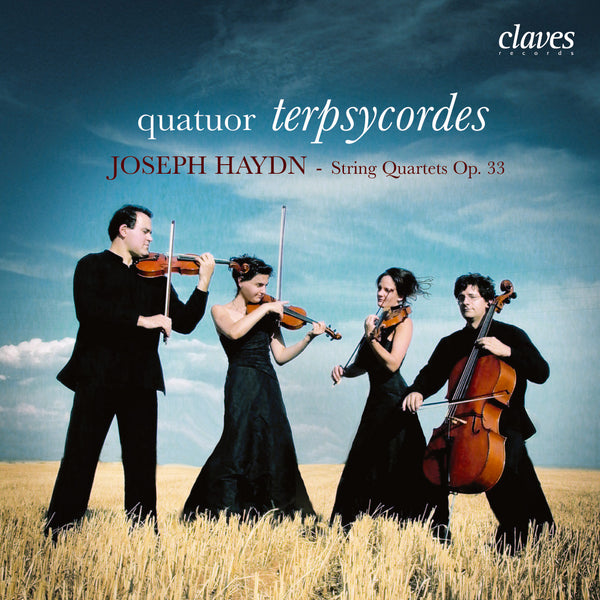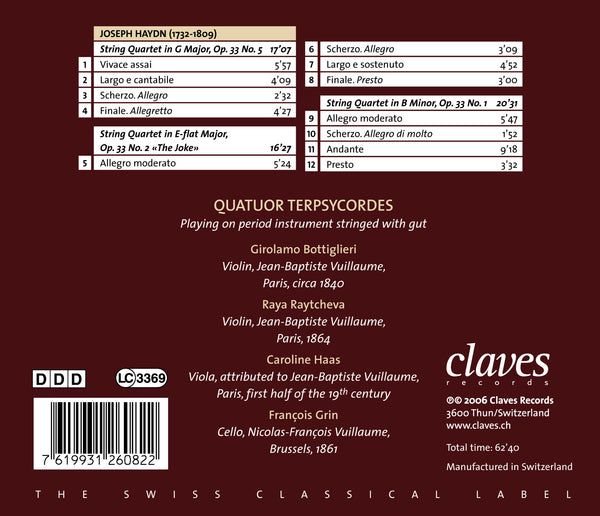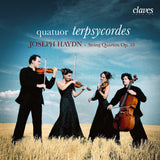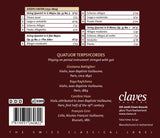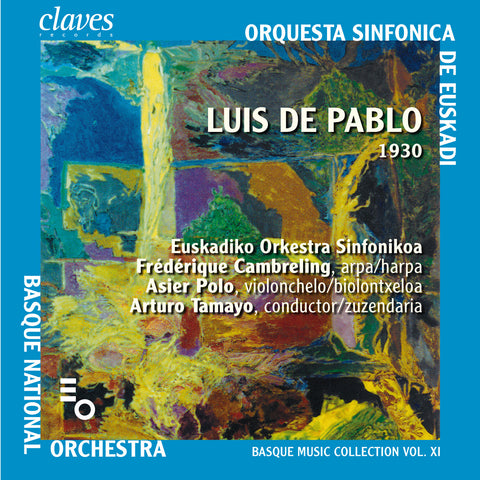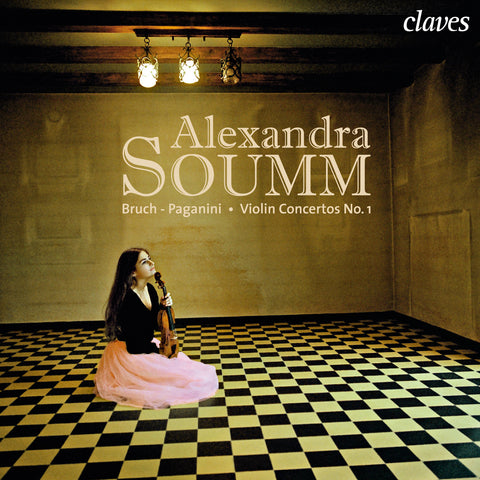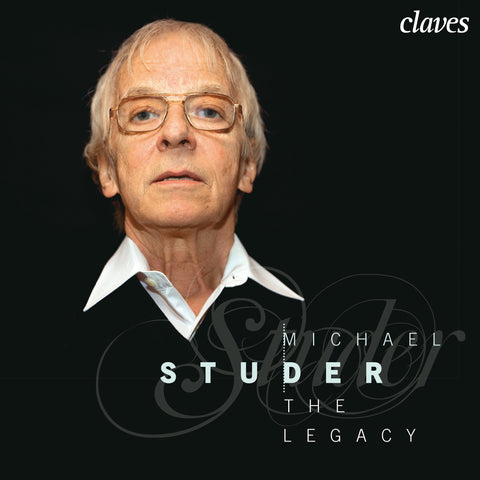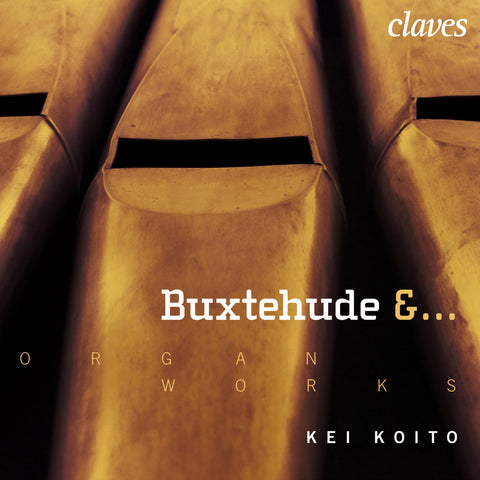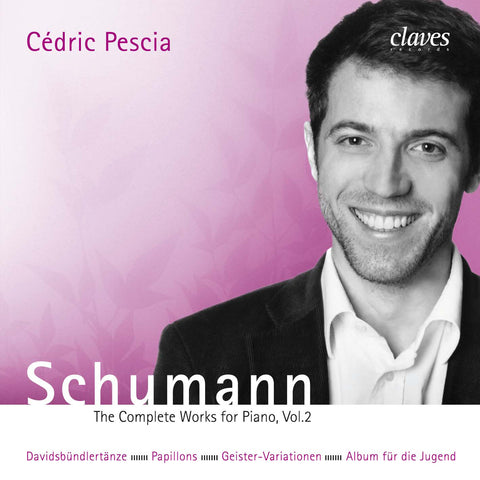(2006) Haydn: Three String Quartets from Op. 33
Kategorie(n): Kammermusik
Instrument(e): Violoncello Viola Geige
Hauptkomponist: Joseph Haydn
CD-Set: 1
Katalog Nr.:
CD 2608
Freigabe: 2006
EAN/UPC: 7619931260822
- UPC: 829410489867
Dieses Album ist jetzt neu aufgelegt worden. Bestellen Sie es jetzt zum Sonderpreis vor.
CHF 18.50
Dieses Album ist nicht mehr auf CD erhältlich.
Dieses Album ist noch nicht veröffentlicht worden. Bestellen Sie es jetzt vor.
CHF 18.50
Dieses Album ist nicht mehr auf CD erhältlich.
CHF 18.50
Inklusive MwSt. für die Schweiz und die EU
Kostenloser Versand
Dieses Album ist nicht mehr auf CD erhältlich.
Inklusive MwSt. für die Schweiz und die EU
Kostenloser Versand
Dieses Album ist jetzt neu aufgelegt worden. Bestellen Sie es jetzt zum Sonderpreis vor.
CHF 18.50
Dieses Album ist nicht mehr auf CD erhältlich.
This album has not been released yet.
Pre-order it at a special price now.
CHF 18.50
Dieses Album ist nicht mehr auf CD erhältlich.
CHF 18.50
Dieses Album ist nicht mehr auf CD erhältlich.
SPOTIFY
(Verbinden Sie sich mit Ihrem Konto und aktualisieren die Seite, um das komplette Album zu hören)
HAYDN: THREE STRING QUARTETS FROM OP. 33
A New Haydn
The First String Quartet in B Minor is marked from the beginning by an exceptional force due to its striking theme; headstrong (the four repeated notes) and yet a bit mysterious despite emphatic interjections and sharply marked contrasts between lyric and rhythmic cells. The development centers around the beginning of the opening theme and demonstrates particularly supple and inventive writing.
This resolute Allegro moderato is followed by a Scherzo in the same style with very marked rhythms; the Trio develops into a kind of question and answer game. In spite of its expressive melody; the following Andante continues the rhythmic verve encountered until this point: even in the dialogue/opposition between the first violin and the cello one can sense an underlying accentuation that becomes more prominent in the finale with vigorous pulses that seem to compensate for the chromatic descending passage or the brief pauses before the coda.
Everything here is filled with an indomitable force and energy. This is indeed a new Haydn.
In April 1782 Joseph Haydn sent his six string quartets op. 33 to Artaria; his publisher in Vienna; with a letter emphasizing the originality of the works: “They are in a completely new and unique style; especially since the last [quartets] that I wrote were ten years ago.” The preceding quartets (opus 20) did in fact date back to 1772. And although he wrote some thirty quartets between 1766 and 1772; he hadn’t composed anything in this genre “since ten years ago”.
A New Haydn
The First String Quartet in B Minor is marked from the beginning by an exceptional force due to its striking theme; headstrong (the four repeated notes) and yet a bit mysterious despite emphatic interjections and sharply marked contrasts between lyric and rhythmic cells. The development centers around the beginning of the opening theme and demonstrates particularly supple and inventive writing.
This resolute Allegro moderato is followed by a Scherzo in the same style with very marked rhythms; the Trio develops into a kind of question and answer game. In spite of its expressive melody; the following Andante continues the rhythmic verve encountered until this point: even in the dialogue/opposition between the first violin and the cello one can sense an underlying accentuation that becomes more prominent in the finale with vigorous pulses that seem to compensate for the chromatic descending passage or the brief pauses before the coda.
Everything here is filled with an indomitable force and energy. This is indeed a new Haydn.
Return to the album | Composer(s): Joseph Haydn | Main Artist: Quatuor Terpsycordes







